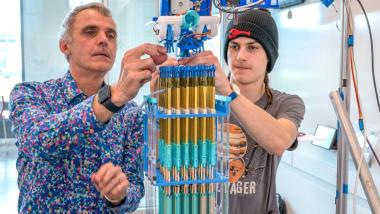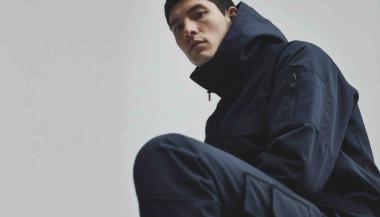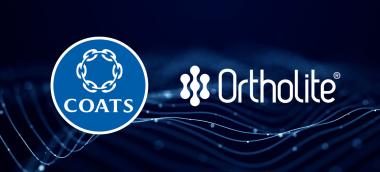Knitting machine makes solid 3D objects
A new prototype of a knitting machine creates solid, knitted shapes, adding stitches in any direction – forward, backward and diagonal – so users can construct a wide variety of shapes and add stiffness to different parts of the object.
Unlike traditional knitting, which yields a 2D sheet of stitches, this proof-of-concept machine – developed by researchers at Cornell and Carnegie Mellon University – functions more like a 3D printer, building up solid shapes with horizontal layers of stitches.
“We establish that not only can it be done, but because of the way we attach the stitch, it will give us access to a lot of flexibility about how we control the material,” said François Guimbretière, professor of information science in the Cornell Ann S. Bowers College of Computing and information science and the multicollege Department of Design Tech. “The expressiveness is very similar to a 3D printer.”
Guimbretière and co-author, Victor Guimbretière ’29, who is in Cornell Engineering, presented the work, “Using an Array of Needles to Create Solid Knitted Shapes,” at the ACM Symposium on User Interface Software and Technology in Busan, Korea on Sept. 30.
Guimbretière first became interested in solid knitting while tinkering with a knitting machine in the lab of co-author Scott Hudson, professor of human-computer interaction in the School of Computer Science at Carnegie Mellon University, in 2016. A few years later, Guimbretière built the prototype from scratch in his basement during the COVID-19 pandemic, using primarily 3D-printed components.
The machine has a bed of knitting needles arranged in a 6x6 block, with each composed of a 3D-printed symmetrical double hook attached to a brass support tube. The front and back parts of the double hook move independently, which allows the machine to knit or purl, depending on which half picks up the first loop. To control the machine, the researchers developed a library of code for each type of stitch, which can generate a program for each product.
Because the knitting head that dispenses the yarn can move directly over the array of needles to any location, the design offers excellent flexibility to create complex knitted structures. Previous solid knitting machines lacked this flexibility, which greatly limits the shapes they can produce, researchers said.
So far, the team has successfully knitted objects shaped like a C and a pyramid, which demonstrates the machine’s ability to create complex shapes and overhangs.
Currently, the prototype is still slow, prone to dropping loops and sometimes catches the yarn on the wrong needles, but Guimbretière has plans to make the machine more robust. Additionally, it should be easy to scale up the design, he said, simply by adding a larger bed of needles.
With further improvements, this type of approach may be useful for medical applications, such as knitting structures that support the growth of artificial ligaments or veins, Guimbretière said. Solid knitting allows the user to create different levels of thickness and stiffness in the final product, so it may be useful for accurately mimicking biological structures.
Amritansh Kwatra ’19, now a Ph.D. student in the field of information science at Cornell Tech, also contributed to the study.
Partial funding for this work came from the National Science Foundation.
Patricia Waldron Cornell Ann S. Bowers College of Computing and Information Science











